Drastar Fortress
One of the oldest fortresses in Bulgaria – the Drastar Fortress lies on the banks of the Danube, on the outskirts of the town of Silistra.
It is impossible to find yourself here by sheer accident.
It is impossible to find yourself here by sheer accident. You need some planning and preparation. Because Silistra is located in one of the northernmost areas by the bank of the Danube River. Apart from the E7 European transport corridor which passes this region, the only reason why one should be here is the rich history of the town. However, it is also possible that the reason lies in the waters of Srebarna Lake and the eponymous reserve.
We are talking about Silistra or the ancient Durostorum or the medieval Drastar. Rich history is always related to an abundance of archaeological finds or the other way round. The beginning of the city in its present-day location was set in 106 A.C. Gradually it turned into an important centre – first it was a self-governed Roman city and then a main outpost of the Empire. During the First Bulgarian Kingdom the Danube residence of Bulgarian khans and tsars was built here. During the 11th and 12th century Drastar, as it was called then, was capital of the northern Bulgarian lands and during the Second Bulgarian Kingdom it was a metropolitan bishop’s cathedra and regional governors’ seat. After the Liberation from Ottoman rule Silistra was one of the centres of pedagogical education. The building of the Silistra National Pedagogical School has been one of the symbols of the town to this day. A number of ruins, old buildings and finds from the town region tell us about its millennial existence. These are united in the so called Durostorum-Drastar-Silistra National Architectural-Archeological Reserve. The historical fortress of Medzhidi Tabiya is also nearby. A great number of precious finds, among which a 3rd-century chariot with unique decoration, golden jewelry, swords and many others, are kept in the local Archaeological Museum. The reserve covers 2/3 of the town’s contemporary territory. Visiting Silistra satisfies everyone’s curiosity regardless of whether one is a history lover or not.
For those who are also impressed by nature there’s the wonderful Srebarna Reserve nearby. The eponymous lake, the multitude of rare birds, the feathery creatures that fly all the way to Africa and back again or the floating reed islands make this place not only worthy of our attention but a must-see. In addition to the abundance of bird species, here you can find a lot of bird lovers, holding their breath in a stalking posture and armed with cameras. Among the most beloved photographic objects are the egret, the lesser white-fronted goose, the Dalmatian pelican, the pygmy cormorant, the mute swan and many others. Because of the great variety of rare and endangered species the lake is included in the UNESCO list, it is part of Europe’s system of most significant wetlands and is proclaimed to be a wetland under the Ramsar Convention. It is also one of the 100 National Tourist Sights of Bulgaria. The path of the tourist here stops at the Natural History Museum where stuffed representatives of the lake’s inhabitants are exhibited. The birds in the water area can also be watched live thanks to a video camera installed in the lake. An eco-trail, bird-watching platforms and resting pavilions add to the convenience of the passing guests. As for the birds – they are just there and hopefully will stay there for a long time.
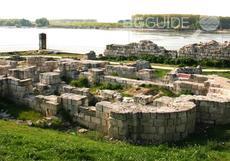
One of the oldest fortresses in Bulgaria – the Drastar Fortress lies on the banks of the Danube, on the outskirts of the town of Silistra.
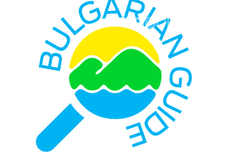
The only natural river fishing settlement in Bulgaria is situated in Tutrakan.
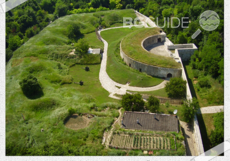
It is the only entirely preserved in its interior and exterior fortress from the Ottoman period in Bulgaria.
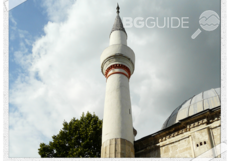
Куршумлу джамияв град Силистра строена през първите десетилетия на 17-ти век от майстори, привлечени от т.н. Арбанаска земя (Албания).
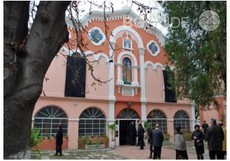
Храмът „Св. Св. първоапостоли Петър и Павел" е построен след Кримската война от водещата в България през Възраждането Дряновска архитектурна школа.
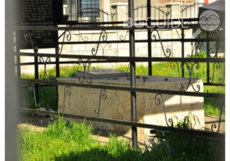
Тук е гробът на равина Елиезер Папо, който е сред 12-те най-почитани равини.
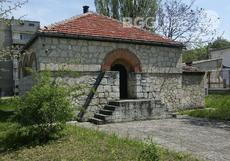
Богатата стенописна украса (геометрични, животински и човешки фигури семейна двойка и техните прислужници) носи характерните белези на Константиновата епоха и се долавя стилът на надарен художник, дошъл от източните провинции на Империята (вероятно Египет или Сирия).
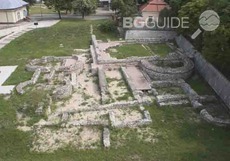
Предполага се,че това е дворецът на Доростолските епископи.